By taking part in the North East Bee Hunt, you’re making new discoveries about our region’s bees
Returning for its third year, you have now shared 8,600 sightings of over 60 bee species as part of the North East Bee Hunt. From familiar faces to more elusive species, your records are increasing our understanding of these fascinating and important insects across the North East.
With new discoveries being made and a regional ‘Bee Week’ celebration, you have helped to make 2022 another great year for North East bees! Thank you for sharing your bee sightings with us. Your records will contribute to wider monitoring and conservation efforts, helping bees for years to come. Take a look at your discoveries from 2022 and the difference your records make for our region’s pollinators.
Your 2022 North East Bee Hunt Discoveries at a Glance
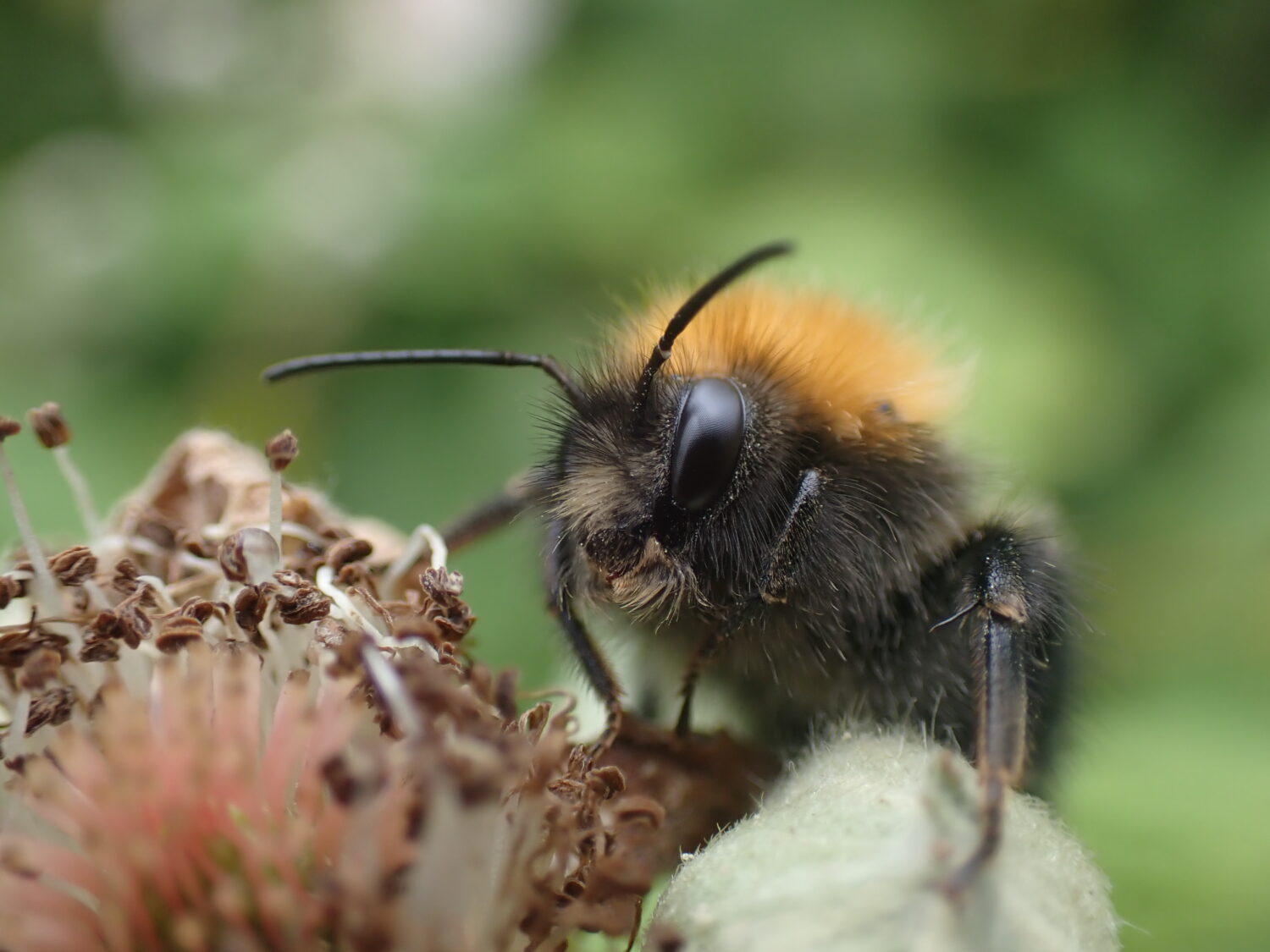
Familiar Faces
Your sightings are revealing how the North East’s garden and urban bees are faring. From the iconic White-tailed Bumblebee to the foxglove-loving Garden Bumblebee, you spotted all eight garden bumblebee species.
With sightings of queens, workers and males, you are documenting the lifecycle of bumblebee nests across the region. Among those most frequently encountered was the Tree Bumblebee. This is a bumblebee that arrived in the region in 2017 and is now among the most common bumblebees.
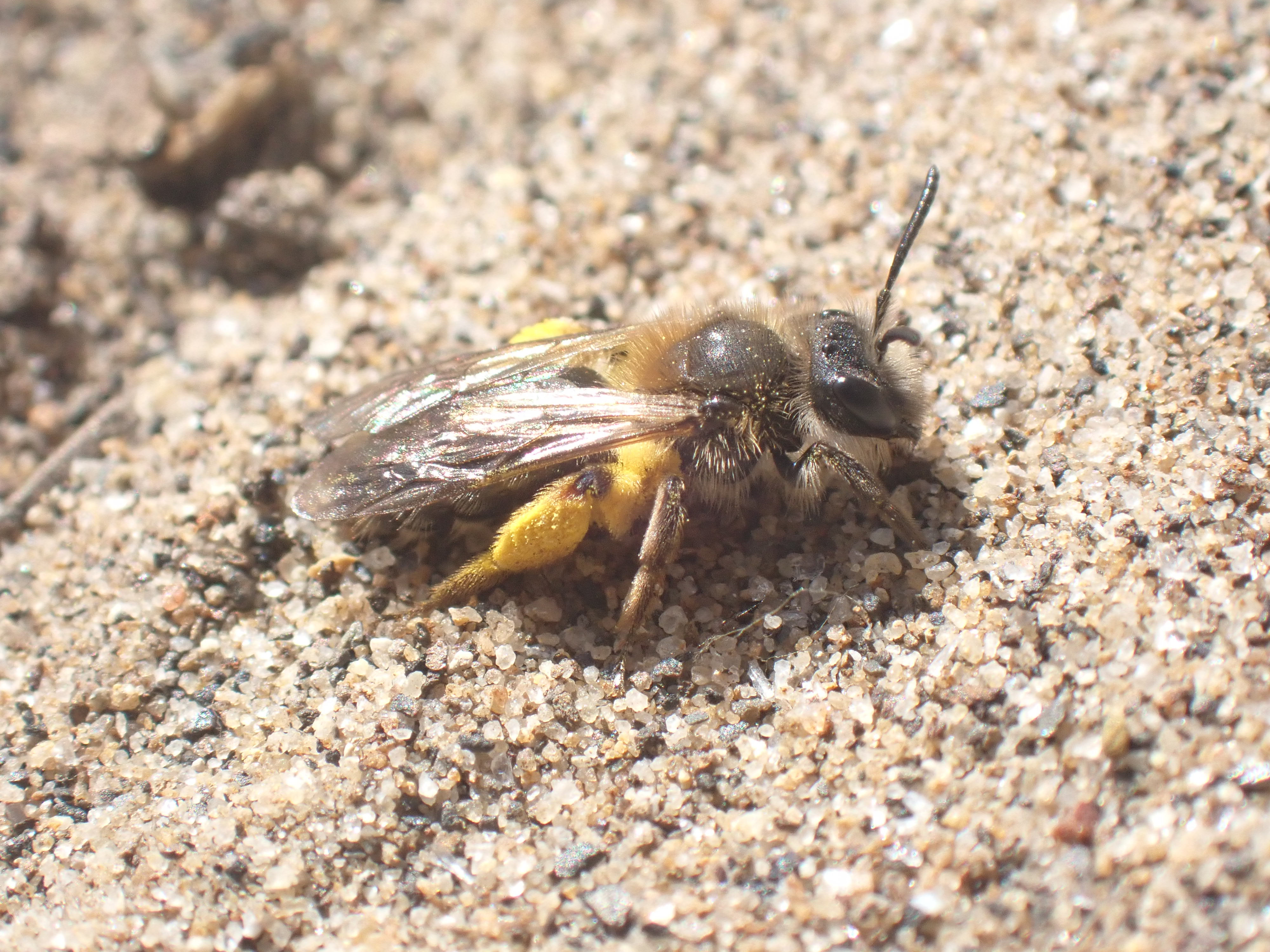
Early Risers
From queen bumblebees to spring mining bees, your sightings captured the first eager bees of the year. You observed queen bumblebees nest searching, spring mining bees digging their burrows, and Hairy-footed Flower Bees eagerly whizzing around flower patches. When pollen-laden willow catkins bloomed, you spotted sallow specialists including the Small Sallow Mining Bee and the Northern Mining Bee. The latter is a northern speciality.
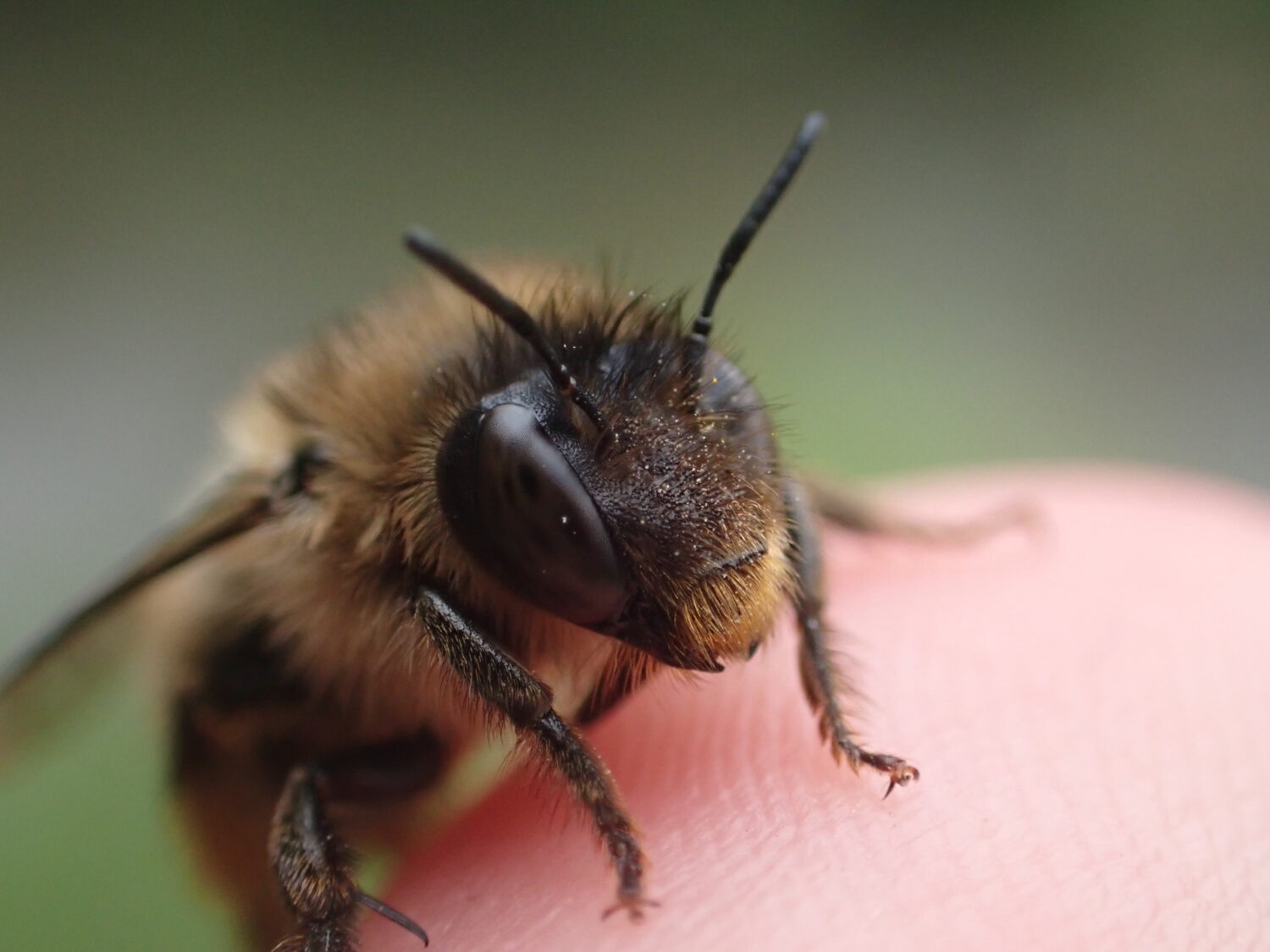
Sun Seekers
As spring bee activity drew to a close, new bees were soon on the block. From leafcutter bees to plasterer bees, your sightings are capturing the antics of summer bees. With sightings of late summer queen and males, you are capturing the next generation of bumblebees, a promising sign of successful nests. The summer relatives of the Hairy-footed Flower Bees, the Fork-tailed Flower Bees, were seen whizzing around with their shrill buzz. This be is a particularly under-recorded bee that we are now learning more about thanks to your sightings.
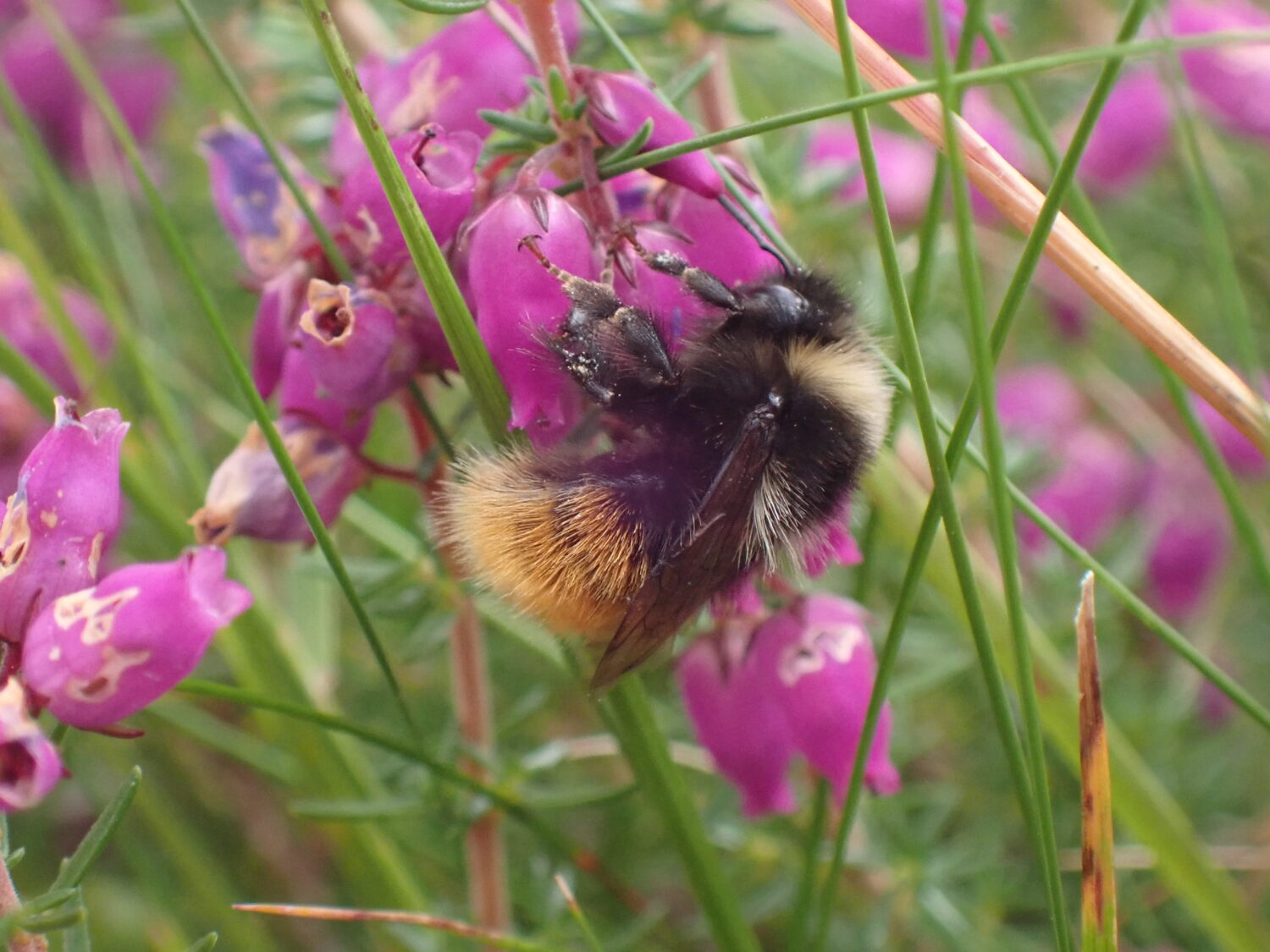
Elusive Specialists
From sallow specialists to coast dwellers, our region is home to bees that are more specialist in their food choice and habitat. On Lindisfarne, the Black-headed Leafcutter Bee was spotted nesting in the dunes. This is a coastal solitary bee that particularly likes legumes such as Common Bird’s-foot Trefoil. Along the Tyne, Red-girdled Mining Bees have been spotted, a bee with a particular fondness for Germander Speedwell. In the uplands, sightings of the beautiful Bilberry Bumblebee have been shared.
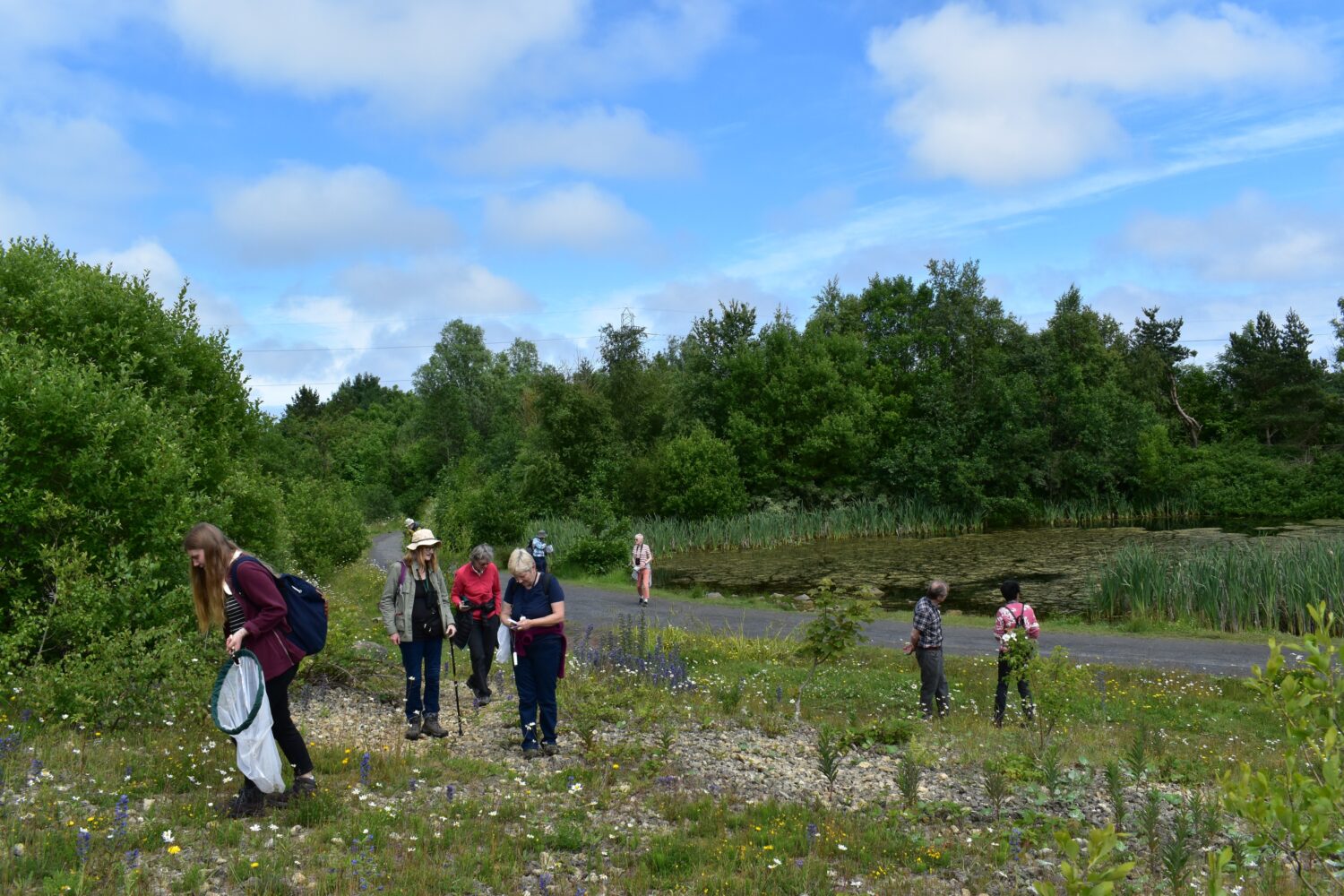
Making a Difference
Shared with ERIC North East, national recording schemes and conservationists, your bee records make a real difference locally and beyond. While summer is drawing to a close, there’s still plenty of bee activity to observe and enjoy. Keep an eye on knapweeds and thistles for male bumblebees and, when it bursts into bloom, Ivy is alive with the buzzes of bumblebees and other pollinators. Keep your eyes peeled for the Ivy Bee, a newcomer to the region, but a bee on the move as your Bee Hunt records in 2021 revealed. Please do continue to share your bee sightings from this year with the North East Bee Hunt. Every record really does count!
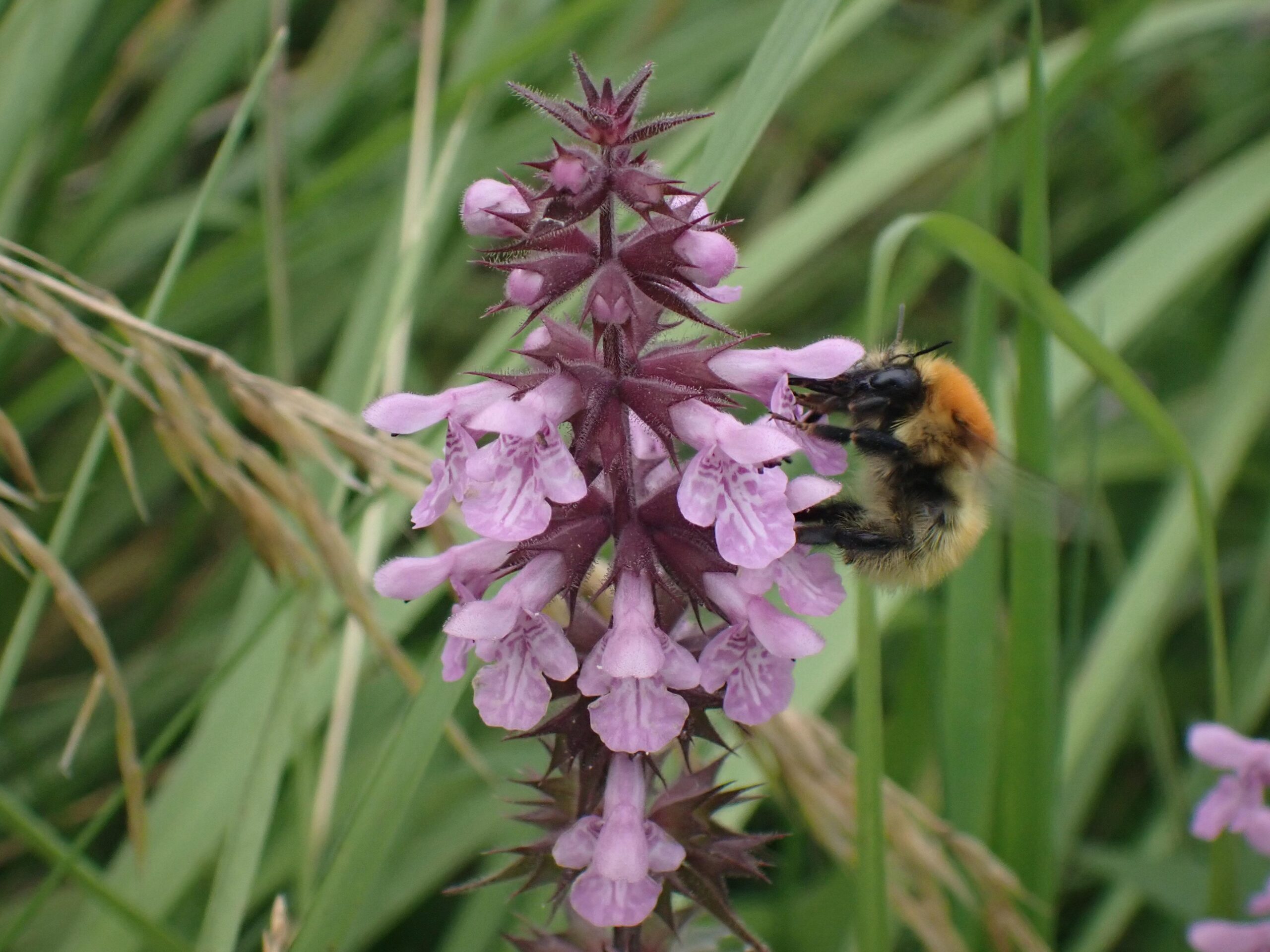
Join the North East Bee Hunt
With new species to find, new resources and events, the North East Bee Hunt will continue into late summer, 2022.
You can continue to explore resources, articles and highlights on the North East Bee Hunt webpage.